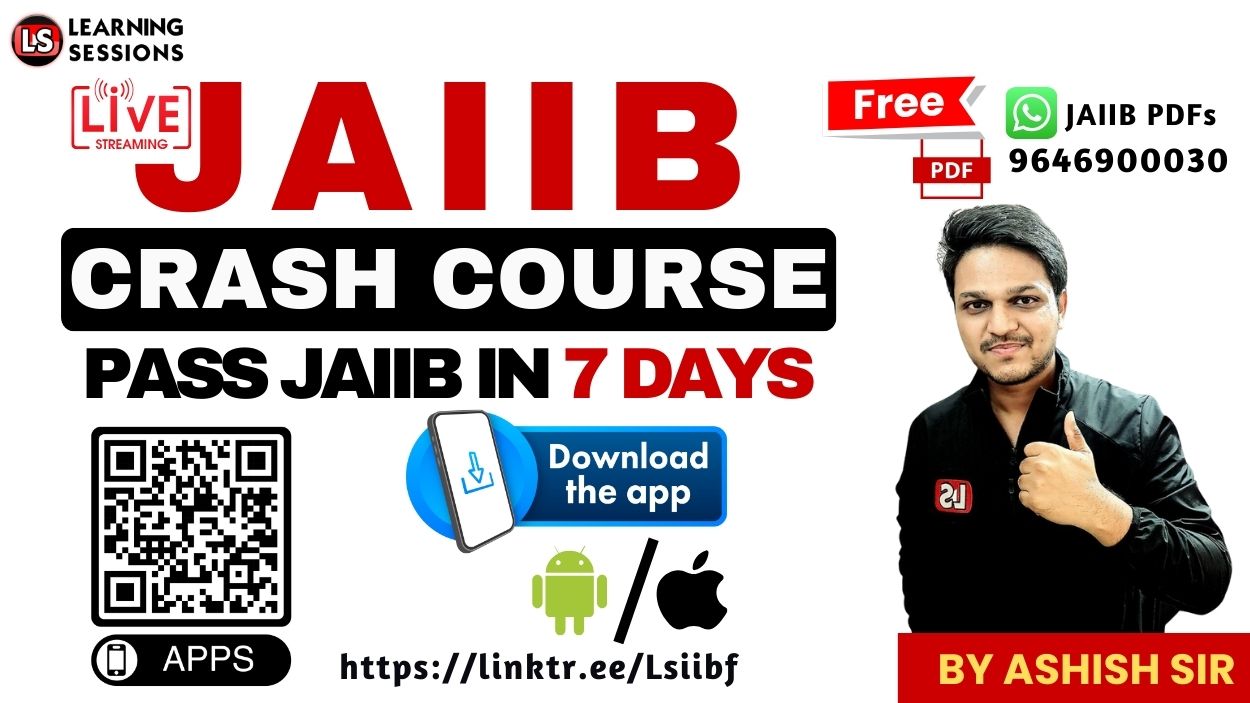Have you ever wondered how retail loans work or how banks decide the loan process? Whether it’s for a home, car, or education, understanding retail loans is essential—especially for banking professionals preparing for exams like the CCP. In today’s video, we break down retail loans, focusing on their types, characteristics, and the entire loan processing system, from application to disbursement.
👉 Before we dive in, watch this video for a complete breakdown:
What Are Retail Loans? (00:00:30)
Retail loans are personal loans that banks provide to individuals or small businesses. They’re designed for specific purposes such as buying a house, purchasing a car, or covering education expenses. Imagine you’re a person who wants to buy a home but doesn’t have the full amount upfront. You approach the bank, and they give you a loan—this is a classic example of a retail loan.
Banks view these loans as an essential part of their business, catering to a wide array of personal and small business needs. The best part? Banks offer various types of retail loans, each designed to meet specific customer needs.
Characteristics of Retail Banking (00:01:06)
Retail banking refers to the services banks provide to individuals and small businesses. These include services like personal loans, saving accounts, and credit cards. The defining characteristic of retail banking is its focus on the mass market—banks target millions of individual customers.
- Mass Market Focus: The bank focuses on providing products to a wide range of individual customers.
- Multiple Delivery Channels: Retail banks offer products both physically (in-branch) and virtually (online banking).
- Variety of Services: Banks provide everything from personal loans to saving accounts, making it a one-stop shop for individual financial needs.
By offering these services, retail banks aim to cater to a broad range of customers, ensuring that everyone, from employees to small business owners, has access to essential financial products.
Advantages of Retail Banking (00:04:25)
Retail banking offers several advantages, not only to customers but also to the banks themselves. For example, a large customer base allows banks to sell more products and increase profitability. Additionally, retail loans usually come with a high-interest margin, meaning banks can earn significant interest from these loans.
Benefits for Banks:
- Large Customer Base: Banks can target millions of individuals, expanding their reach and increasing product sales.
- Increased Interest Margins: With products like home loans and personal loans, banks can earn substantial profits through interest payments.
- Diversified Risk: Retail banking spreads the bank’s risk across many customers, reducing the impact of defaults.
These advantages make retail banking a powerful arm of any financial institution, driving profits while maintaining a steady customer base.
Disadvantages of Retail Banking (00:09:09)
However, retail banking is not without its challenges. Banks must rely heavily on IT systems to manage large volumes of transactions, and default risks remain higher with unsecured loans, such as credit cards and personal loans. Operational costs can also escalate, as managing small transactions across numerous accounts requires considerable effort.
Challenges in Retail Banking:
- IT Dependency: Banks need efficient IT systems to handle large-scale transactions. If the system fails, customer satisfaction drops, and business suffers.
- Default Risk: Unsecured loans carry a higher risk of defaults, potentially leading to losses.
- High Operational Costs: Managing small transactions from a large number of customers increases costs due to infrastructure and staffing needs.
Despite these challenges, the benefits outweigh the risks, which is why retail banking continues to thrive.
Retail Loan Types and Their Purposes (00:12:10)
Retail loans come in various forms, each designed for a specific purpose. Whether it’s buying a home, purchasing a car, or funding education, understanding the loan types is key. Here are some of the main categories:
- Housing Loans: Used to buy or construct a home.
- Auto Loans: Provided for purchasing vehicles.
- Personal Loans: Unsecured loans for personal expenses like weddings, medical emergencies, or travel.
- Education Loans: Aimed at covering the cost of higher education.
- Consumer Durables Loans: For purchasing household appliances like refrigerators, air conditioners, etc.
By knowing these loan types, you can better understand how banks meet customer needs and manage risks.
Regulatory Retail Portfolio (00:13:08)
Retail loans need to follow specific regulatory criteria to qualify for inclusion in the bank’s retail portfolio. These loans must meet certain risk-weight and capital retention requirements, ensuring that banks maintain their financial health.
Key Regulatory Points:
- Retail loans should primarily be provided to individuals or small businesses.
- Banks must ensure that the loan amount per customer doesn’t exceed specific limits to avoid high exposure.
- Regular monitoring of loan portfolios ensures compliance with financial regulations.
This system keeps banks in check, preventing them from taking excessive risks while ensuring stable financial growth.
[FREE EPDF] CCP IIBF | Chapter 16 Part 2 | Conceptual + Ques | Certification
Loan Processing and Risk Management (00:33:10)
Retail loans involve a detailed process that starts with the loan application and ends with the loan disbursement. The process includes thorough due diligence to verify customer information and assess creditworthiness.
Steps in Loan Processing:
- Loan Application: The customer submits a loan request.
- Due Diligence: Banks verify the borrower’s creditworthiness through credit reports, identity verification, and property assessments.
- Risk Assessment: Banks assess the risk associated with the loan to determine if it aligns with the bank’s guidelines.
- Loan Disbursement: Once approved, the loan is disbursed to the customer.
Managing risk is a crucial aspect of the retail loan process, as it helps banks ensure they’re lending responsibly.
Conclusion
In this video, we’ve covered everything from the basics of retail loans to their types, advantages, and the loan processing system. Understanding these concepts is crucial, especially if you’re preparing for the CCP exam. Remember, the key to success in retail banking lies in managing risk, understanding customer needs, and maintaining compliance with regulatory standards.
Ready to dive deeper into retail banking? Implement what you’ve learned today and keep improving your knowledge! If you have any questions or thoughts, feel free to leave a comment below. Don’t forget to subscribe for more videos like this!
Download the PDF for a Quick Summary:
Want a concise version of the key points? Download the PDF to reinforce your learning and prepare for the CCP exam with ease!
Also Like:







